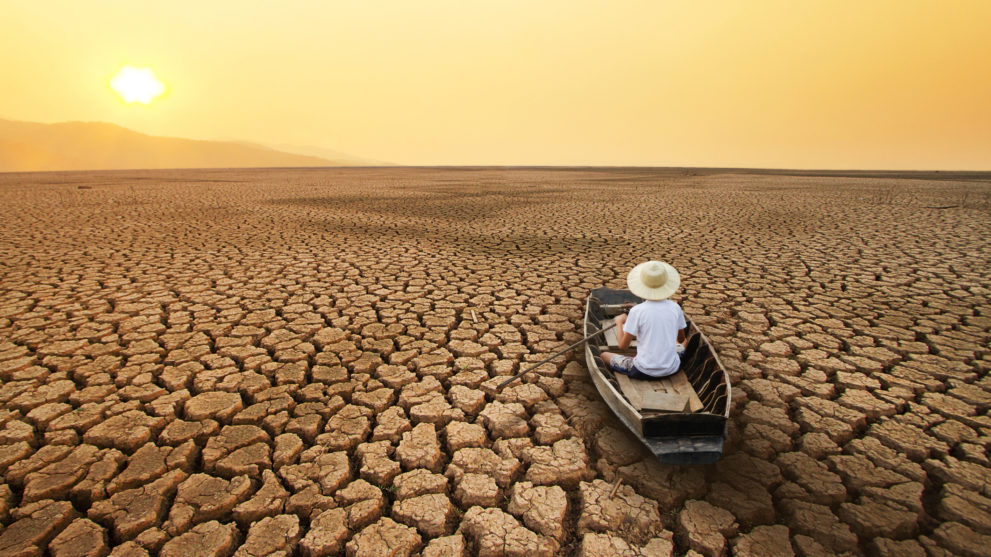COP27 and Climate Progress

The curtains have come down on COP27 and the dial ticks upwards to COP28. Also ticking upwards are global greenhouse gas emissions, parts per million of carbon in the atmosphere and the likely degree of global warming.
COP27 had all the elements of what has, over a quarter century, become a set-piece dance – the hope invested in it up-front, the coalescing of developing countries over a demand for real money and real commitments this time, the looming spectre of a colossal failure, the all-night sessions without which negotiators feel cheated, and the last-minute ‘victory’ snatched from the jaws of defeat.
Failure is not an option, so we need something to hold up – in this case agreement to establish a “Loss and Damage” fund to compensate the most vulnerable developing countries – those who suffer the most from inexorable climate change though they have contributed almost nothing to bringing it about. As the gavel came down on COP27, the sense of relief was palpable. Failure had been avoided.
But has it been? The agreement to establish a fund is politically important, breaking a deadlock of thirty years, so its advent is clearly welcome. From there to actual dollars being banked and expended on climate action, we still have a long way to go. Almost everything about the fund and how it will work has been left to be decided at a later stage.
The problem is that global warming is not content to wait patiently to see what politicians will actually do. We should remember that the climate change community’s greatest victory – the 2015 Paris Agreement – has in large measure not been implemented, and climate indicators continue to grow steadily worse.
We call for urgent action but, where it counts, we tend instead to make promises and then ignore them. We can, for example, agree to establish a new institutional mechanism sometime in the future, but not to reduce fossil fuel subsidies, though commitments in this respect date back to a G20 decision in 2009!
Why does this matter? Because the world is expected to have subsidized climate-destroying energy to the tune of nearly a trillion dollars in 2022 – more than collective global spending to combat climate change. These subsidies serve as an inducement to consumers and investors to give preference to carbon-based fuels like coal, oil and gas over the cheaper, cleaner alternatives. Instead of placing our money in a hypothetical loss and damage fund, we are spending considerably more real money incurring palpable losses and damages by accelerating climate change, affecting the poorest and most vulnerable as was evident from the floods in Pakistan this year.
We all love last-minute concessions. We all popped the champagne corks when the Paris agreement was adopted. We are relieved that COP27 did not collapse in chaos. But at the end of the day, none of that matters much. What does matter is progress towards net zero. COP27 laid the groundwork for that but did not progress it directly. Do we now shift our unlimited capacity to hope to COP28? Meanwhile, the FIFA World Cup is underway, at a carbon cost estimated at some 3.63 million tons! The host country reportedly spent $300 billion in preparation for the tournament.
AUTHOR
Mark Halle, Member of the Building Bridges High-Level Group and Senior Advisor at NatureFinance
